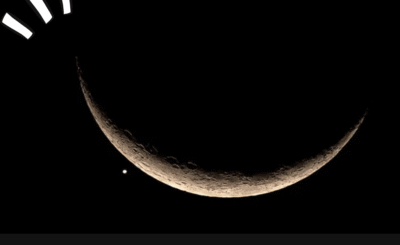Solar Eclipse August 2, 2027, the world will witness one of the longest total solar eclipses of the 21st century, offering over 6 minutes of total darkness in certain parts of the globe. This rare astronomical event is being described by scientists as a “once-in-100-years phenomenon” due to both its duration and visibility across culturally and geographically significant regions.
What Makes This Eclipse So Special?
-
Totality Duration: Up to 6 minutes and 23 seconds of total darkness—far longer than most solar eclipses, which typically last 2–4 minutes.
-
Visibility Path: The eclipse will cross parts of Northwest Africa, the Mediterranean, and parts of the Middle East, with Egypt being a key hotspot. Areas near Luxor will experience the full duration.
-
Global Interest: Skywatchers, scientists, and eclipse chasers from around the world are expected to travel to these regions for a front-row view.
Key Details
| Feature | Details |
|---|---|
| Date | August 2, 2027 |
| Type | Total Solar Eclipse |
| Max Duration | 6 minutes 23 seconds |
| Best Locations | Egypt, Saudi Arabia, Libya, southern Spain |
| Partial Eclipse | Seen in parts of Europe, Asia, and North Africa |
Will It Be Visible in the U.S.?
No. The August 2, 2027 eclipse will not be visible from the United States. However, the U.S. will host its own major eclipse events in August 2026 and April 2024 (the latter already passed), making this decade an eclipse-rich era for North American observers.
How to Prepare
-
Travel early: Popular eclipse-viewing areas like Egypt and Saudi Arabia are expecting large tourist inflows.
-
Protect your eyes: Even during totality, the partial phases require ISO-certified solar glasses or pinhole projectors.
-
Plan your location wisely: Being even a few kilometers off the centerline can shorten your experience significantly.
The August 2, 2027 total solar eclipse isn’t just an astronomical event—it’s a moment in history. With more than 6 minutes of midday darkness, this eclipse is poised to be one of the most dramatic and longest-lasting of the 21st century. Whether you’re a scientist, traveler, or casual stargazer, this is a sky show worth chasing.







